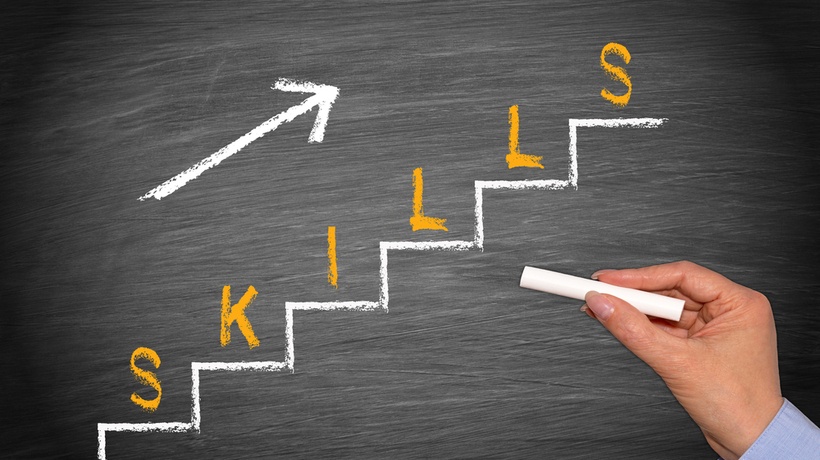How To Analyze Employee Skill Development
Most top companies have a competency map that helps their HR teams determine the precise skills their workers already possess and the competency skills they lack. This document is essential, as it helps to fill gaps in trainings and seminars for employee development. With competency-based learning, organizations can uniquely measure employee performance, skills, and competencies. However, here’s a burning question, how can you analyze skills development through competency-based learning? In this article, we will be talking about the steps to follow when trying to determine your employees' skill development through competency-based learning.
1. Competency Mapping
Before you start developing and assessing your employees’ skills, you need to create a competency map for your company. By so doing, you can easily identify the specific skills, knowledge, abilities, and behaviors required for your company to effectively operate and compete in the market.
However, to access your employees' skill development, there are certain things you must consider. First, you have to know what type of skills you require them to possess for the job position. Also, you must determine the skills they lack, what you want them to improve, and how you want them to improve. Furthermore, it’s worth noting that you can't determine employee development skills without clearly defining them.
2. Skill Demonstration
Employers should be on the lookout for means to incorporate skill demonstrations into existing processes. This way, it’ll become easy for them to identify their employees' skill development. Here are a few ways to make that happen:
- Hiring
Job candidates should be made to demonstrate the required skills needed for the job position. The benefit of that is it’ll help to evaluate how many skills they have and how much they can be improved. Also, it’ll prepare your employees' minds for the job and get them on the right path. - Development planning
All employees should know their roles and personal development plans. Competency-based training should be made available for worker development. So, with a performance review, you are able to determine your employees' skill development through competency-based learning. - Mentoring
New hires will benefit from mentoring from senior colleagues. It is also a good way for them to improve and track their skill development. New hires can be made to work directly and learn from a senior colleague.
3. Measurable Assessment Methodologies
From the knowledge gained from competency-based learning, employees must demonstrate competency of what they know and what they can do. Effective skill development should include a combination of assessment methods, which could include the following:
- Self-assessment
A serious and determined employee who shares the vision of the company could focus on self-assessment as a method for measuring self-development and performance. This kind of employee is willing to improve in order to stay relevant and be irreplaceable. You can consider giving an unbiased award to the most outstanding worker in the company by carefully analyzing all their development skills in a year. This will motivate employees to want to improve their input as they focus on self-assessment. - Hierarchy assessment
It is important for the company to set up a hierarchy assessment to review all employees' skill developments through competency-based learning and tests. It will help check if there is any gap between the current performance and the desired level as compared to the competency map. Also, it will help analyze where an individual requires additional practice or mentoring in order to achieve competency. - Feedback
Coworkers, associates, superiors, and sometimes clients provide input on an employee’s performance. This kind of feedback can provide a more holistic view of your employees' performances. Multiple reviews from clients are a good way to evaluate a worker's delivery and company growth. - Skills gap analysis
This kind of analysis is used to deduce if there are gaps between a worker’s current skills and requirements to meet the job requirements of the company. It can be conducted on an individual or company basis. - Psychometric test
A psychometric test is a behavioral test that is not easily detectable during normal interviews.
4. Continuous Improvement
Competency-based learning should be repeated continuously to further determine the competency of employees. This should not be a one-and-done practice. For a company to stay competitive in the market, it is important to continuously review competency gaps.
Any time a company redefines its organizational goals, it is important to review competency gaps to make sure they align or else the company will need to perform competency-based assessments for their workers to keep up.
Conclusion
Determining employee development skills through competency-based learning can be a daunting task for organizations. However, it is essential to perform this assessment, as employees, clients, stakeholders, and the company will benefit greatly from it. An annual analysis of skills development is reasonable for a reputable company, but a 5-year review isn't bad for a growing company.










